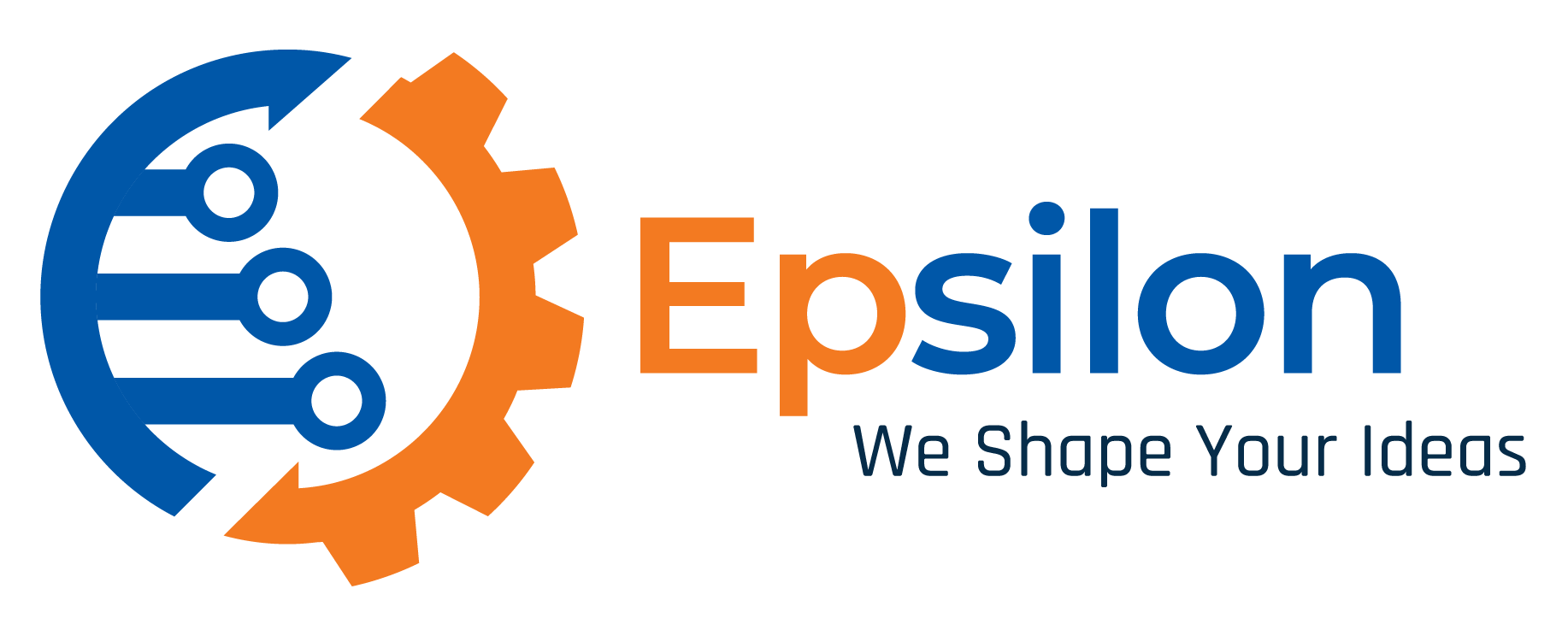Innovative Trends Embraced By CNC Machining Centers – How The Industry Is Changing?
With the rising demand for complexity and precision, the future of CNC machining centers is being reshaped by cutting-edge innovations and technologies. CNC machining is entering an exciting era, opening doors to game-changing advancements in manufacturing. At the heart of this transformation are CNC Machining Companies in Bangalore, driving precision engineering and delivering high-quality, intricately designed components. These companies play a vital role in enabling manufacturers to meet exacting standards and achieve superior performance across industries.
This blog will explore the trends that transform the CCN machining landscape.
AI and Machine learning
From simple programmable tools to intelligent management systems, there are a lot of innovations that AI and Machine learning have brought into CNC machining. A notable impact of AI in CNC machining is the ability for constant production. AI-driven robots enable productivity around the clock without any downtime breaks. This is greatly beneficial when there is a need for high-volume or mass-production orders. Other impacts of CNC machining centers influenced by AI and ML include:
- Deploying artificial intelligence has proven to increase the production speed by up to 25%
- AI-driven tools and ML help in improving the overall performance and functionality of the CNC machines.
- AI-powered CNC machines are well-placed to handle intricate designs
- AI predictive maintenance, which is powered by algorithms, enables CNC machining centers to recognize potential tool and equipment failures in the early stages. This proactive measure of AI avoids costly downtimes.
Advancements in multi-axis machining
Manufacturing complex machined parts is made easy with the advancements in multi-axis machining. With the surging need for efficient and intricate machined parts, multi-axis machining is certainly a boon to CNC machining centers.
Multi-axis machining typically comprises various configurations, including 3-axis, 4-axis, and 5-axis, and some advanced systems go beyond the 5-axis, such as 6-axis and 7-axis.
- Multi-axis machining capabilities help CNC machining to produce more accurate and precise parts without the need for multiple machining operations.
- Machines with 5 or more axes empower CNC machining centers to machine intricate parts in a single setup.
- Since multi-axis machining yields multi-fold benefits such as exceptional accuracy, complex geometries and fewer setups, it is becoming a preferred choice in diverse industries such as aerospace, medical, automotive and more.
IoT integration and real-time monitoring
CNC machining is transforming into smart manufacturing environment. This is made possible by connecting the Internet of Things (IoT) with CNC machines. This integration enables us to make informed data-driven decisions and gives valuable real-time monitoring.
- Manufacturers gain valuable insights into the machining process with CNC machines integrated with sensors. These sensors gather vital information related to diverse parameters such as vibration, feed rate, tool wear, spindle speed and much more.
- Predictive maintenance abilities are enriched by real-time monitoring. By analyzing machine performance, predictive algorithms can figure out potential failures before the situation becomes too bad.
- Real-time tracking of machine performance allows CNC machining centers to take prompt resolutions, mitigating the response time and ultimately ensuring flawless and uninterrupted business operations.
Impact of additive manufacturing (3D printing)
The practice of additive manufacturing revolutionizes the world of CNC machining to produce intricate parts with reduced energy consumption and material wastage. 3D printing is undoubtedly a game-changing trend for CNC machining centers. In bustling cities like Bangalore, companies are keen on searching for CNC machining solutions in Bangalore that adopt 3D printing technology.
- Hybrid machines that integrate the fusion of additive and subtractive machining offer top-notch flexibility in intricate designs and prototypes.
- Additive manufacturing is at its peak in transforming the way that CNC companies manufacture and design parts. Those designs that were impossible to create have become hassle-free with 3D printing.
- Our country is entering into a new manufacturing era that is overwhelmed by flexibility, creativity and adoption of digital tools. Additive and hybrid manufacturing play a prominent role in this.
- Hybrid CNC machining centers reduce material costs, give precise finishes and enable bringing products quickly to the market.
Improved automation and Industry 4.0 integration
Automation is a pioneering technology that shapes the growth of CNC machining. Increased automation improves CNC machining solutions and yields better outcomes such as improved efficiency, flexibility and precision in production processes. Another significant trend is integration with Industry 4.0. This trend stands for incorporating automation, data analytics and IoT into the CNC systems.
- As the CNC machines will be interconnected and data-driven, the results are unparalleled and are a smart manufacturing.
- The power to make informed and real-time decisions helps in optimizing the processes of CNC machining centers.
- Such machines will be armed with the potential to function seamlessly in modern industrial settings.
- Production processes will be performed with minimal human intervention. Results? Fewer errors and improved precision.
- Moreover, the advancements in data exchange and smart technologies will lead to better synchronization and optimization.
Sustainability and eco-friendly CNC machining
Sustainability and green practices are growing concerns among various countries across the world. CNC machining is also not an exception here. The upcoming trends and years will have a key focus on green practices, as it is becoming a global priority. CNC machining centers prefer practices and trends that help them to achieve energy efficiency, waste reduction and resource optimization.
- CNC machines will be adept at practices that deliver high performance with the least environmental impact
- Multi-axis machining has an essential role in fostering sustainability as it reduces material waste and promotes the selection of eco-friendly materials.
- Another important aspect is choosing recyclable and biodegradable machining materials. Materials derived from resources like corn starch or sugarcane, such as polyhydroxyalkanoates (PHAs) and polylactic acid (PLA), ensure the adoption of an environmental approach to conventional petroleum-based plastics.
Conclusion
The future of CNC machining centers is bright and is associated with ground-breaking innovations. Adopting innovations and emerging trends is no longer a practice for CNC companies. Rather, it is a necessity to fulfil modern manufacturing requirements. If CNC machining solution providers develop a comprehensive understanding of the upcoming trends in the industry, it allows them to stay at the upper hand in their niche and ensure long-term success.




